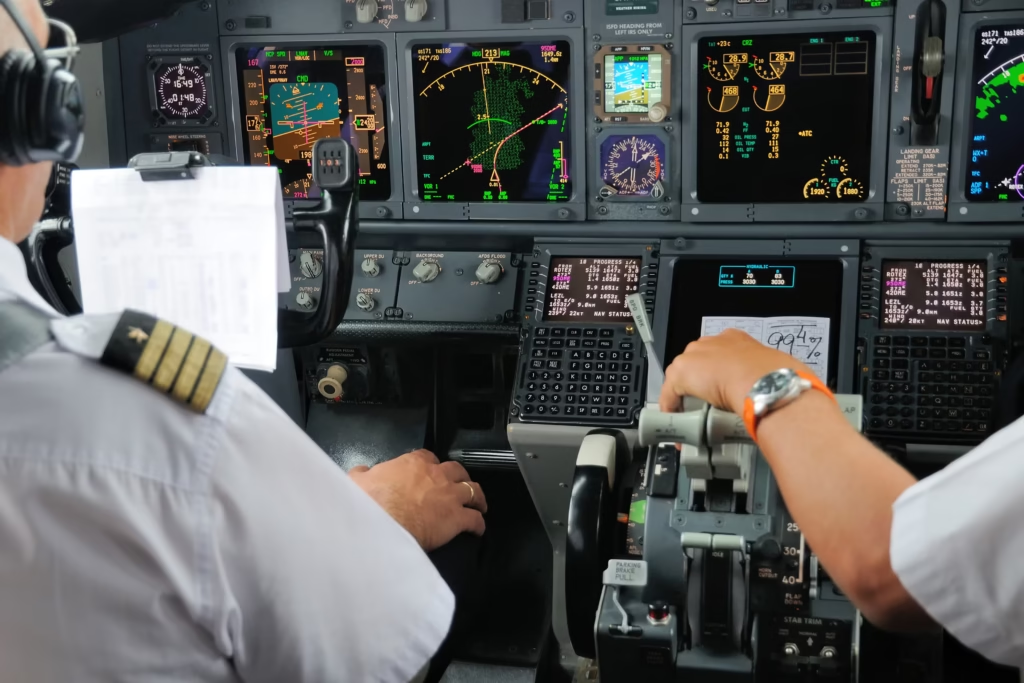Troubleshooting Common Aircraft Electrical Issues

In terms of flying, the tiniest electrical problem can be a significant issue. Pilots, technicians, and ground crews are all aware of how important a reliable electrical system is. Whether it’s powering critical instruments or simply maintaining the lights in the cabin, electrical systems are a major part of both flight safety and comfort. Unfortunately, electrical problems are not uncommon. They tend to appear at the worst moments. Knowing what to look for can help catch problems early and prevent bigger troubles later.
Flickering or Failing Lights
Flickering cabin or cockpit lights are one of the most obvious indications of an electrical problem. They can either come on suddenly or gradually worsen over time. Although a loose connection is usually to blame, corroded terminals or worn-out bulbs may also be guilty. Dim or inconsistent lighting may also indicate a voltage drop in the system. One should not disregard these little warnings. What may appear as a mere inconvenience may be an indication of a bigger problem brewing beneath.
A good place to begin is checking the battery’s state and ensuring that the alternators are working properly. If the alternator fails to generate the correct voltage, lights may flicker whenever other systems are engaged. In such cases, testing the aircraft’s charging system can determine where the fault is.
Faulty Circuit Breakers
Circuit breakers are meant to protect the electrical system from overload. When one pops, it’s doing its job. But when it keeps popping, something else is going on. Repeated tripping is often due to a short circuit or a component drawing more current than it should. These cases call for a closer look at the specific circuit involved.
Wiring problems are a common cause. Vibration from regular flight can cause wires to rub against metal surfaces, wearing down insulation. This eventually leads to exposed wires and, potentially, dangerous shorts. When a circuit breaker keeps tripping, it’s not enough to simply reset it. The reason behind the issue must be found and fixed.
Dead Instruments or Displays
When cockpit displays become dark or instruments fail, the issue is often traced to the power supply. A blown fuse, a bad switch, or even a bad ground may cause this. Aircraft depend on good electrical connections to provide constant power to delicate electronics. A poor ground or a loose terminal can cut power and make an operating instrument appear broken.
A typical error is the belief that the instrument has failed. Instead, the wiring and connectors that go to it may be the real problem. Technicians frequently use multimeters to test for the correct voltage at various places in the circuit. This step-by-step testing allows for isolating the fault without unnecessary part replacement.
Battery Not Charging
A non-charging battery is a red flag, especially in aircraft that depend on battery power for backup. A healthy alternator should keep the battery charged during flight. If the voltage regulator fails or the alternator belt slips, the battery will drain, which can lead to a full electrical failure over time.
It’s worth noting that a battery issue isn’t always the battery’s fault. Before replacing it, the charging system should be tested. A well-known battery in aviation, the Gill G-242, has a reputation for reliability. Still, even the best battery can’t do its job without proper support from the rest of the system.
Unusual Smells or Heat
Electrical problems do not always manifest themselves in lights or instruments. At times, they announce their presence by smell or heat. A burning smell in the cockpit is a very serious warning. It may be an overheated wire, a short, or a failing component. At such moments, one needs to act quickly and safely shut down the electrical system to avoid fire.
Overheating from components such as inverters or power supplies should also be monitored closely. These parts should be cool under normal operation. If they get hot to the touch, it’s time for an inspection. Heat is usually an indication of resistance, which is usually due to corrosion, wear, or bad installation.
Conclusion
Aircraft electrical problems can take many forms, from flickering lights to total system failures. Some problems are easy to solve, while others are deeply buried in wiring or behind control panels. Being vigilant about early indications and acting early on them can help prevent small problems from developing into major threats.
Periodic maintenance, visual inspections, and a good knowledge of the common trouble points keep electrical systems reliable.





